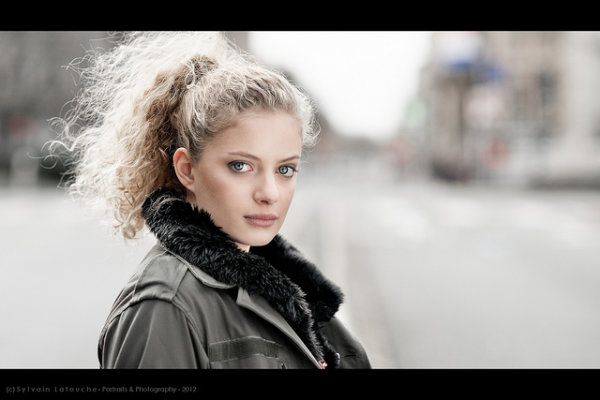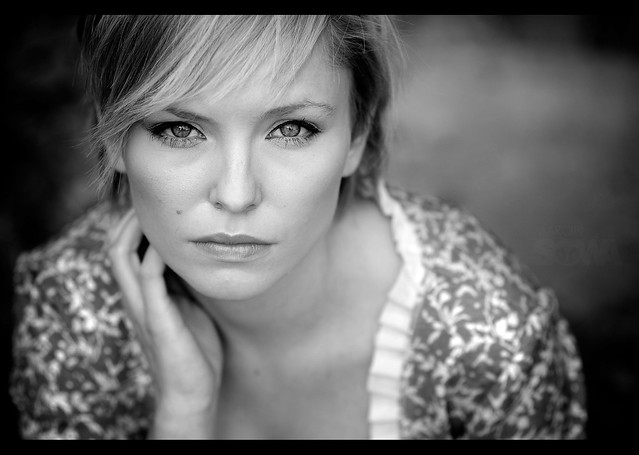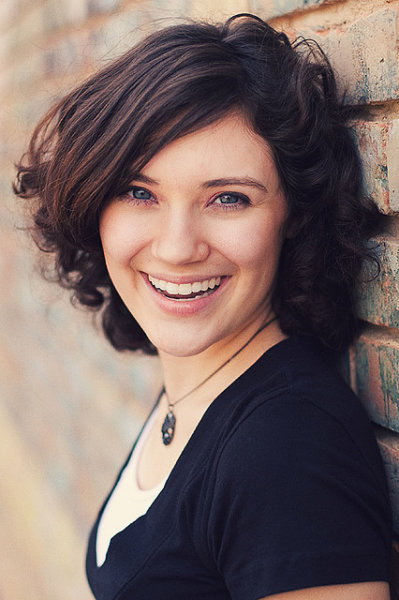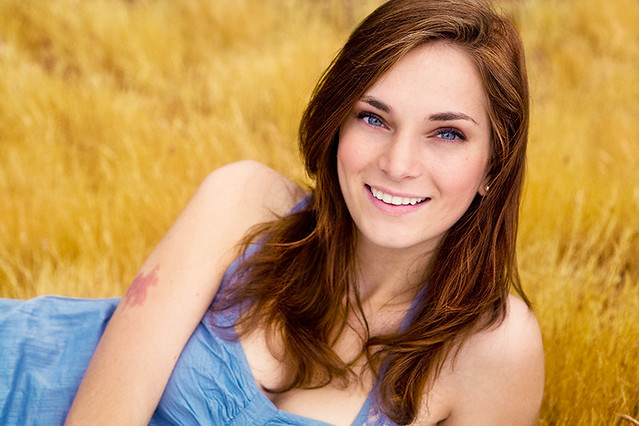The post Photographing on Overcast Days: The Light Simply Doesn’t Get Any Better appeared first on Digital Photography School. It was authored by Herb Paynter.

Lighting is everything in photography, but some “poor” conditions may surprise you. Am I alone here? Does anybody else get excited about photographing on overcast days?
I use to think I was a contrast junkie, but I discovered that my passion is for detail, more of an internal contrast issue than one of overall contrast. Internal contrast (the clear distinction between tones inside the extremes of white and black) is what delivers the distinctions we call detail.
Hot highlights and deep shadows

When you consider the dynamic range of most digital camera image sensors, typical bright sunny days can present two challenges right off the bat: hot highlights and deep shadows. When the highlights in the original image are very hot, and the shadows are very deep, extracting detail in the “near shadows” and “near highlights” turns into an editing issue.
This is why photographing on overcast days is the easiest lighting condition to deal with.

The holy grail of photographic exposure range is located well within those bookend extremes. On a typical Florida day, with the Sun blaring on a scene, the trick is to keep the quarter, middle, and three-quarter tones ideally balanced in order to capture critical detail.
With highlights too “hot,” the inevitable shadows cast by the tropical Sun tends to push critical three-quarter tones (shadow detail) into the mud. Shooting in RAW mode allows most images to recover all but the most severe edges of dark and light, though it can take a careful adjustment to do so.
Filtering effect of clouds

When photographing on overcast days, the filtering effect of clouds mellows the Sun’s harsh light, revealing significant quarter tones (highlight detail).
The wonderful byproduct of this softer “diffused” light is softer shadows, which in turn deliver more shadow detail.
It is much easier to boost the highlights and deepen the shadows with a little help from overcast weather. On very sunny days, you might have to use a reflector or fill flash to open up the shadows, but on cloudy days, they’re already open! This natural diffuser renders rich colors and a full range of tones from the deepest shadows to the lightest highlights.
This lighting is the ideal time to press your 18% gray card into action.
Gray card

There is a reason why photographers like to balance their lighting around an 18% gray card. That 18% value just happens to be the same reflective value as average Caucasian skin color. And that value is the sweet spot of all photographic exposure.
Your camera’s image sensor is tuned to record skin tones in the very center of the contrast range. Image sensors do their best work when you point them at this reflective value. Once the camera knows this value, the lighter and darker tones fall quite naturally in line. And when the outdoor lighting falls neatly within the camera sensor’s “cruising range” (with headroom on either side of the scene’s histogram), that my friends, delivers top drawer results.
Photographing on overcast days may well become your favorite lighting.
Middle tone emphasis

Don’t be afraid to put the scene’s tones well within the middle of the histogram.
There is no hard, fast rule that says that every image has to contain extreme highlights or near-black shadows. Real-life simply doesn’t appear that way to your eyes. Not even high-key photography mandates that the lightest tones must be extremely bright. Some of the most moving photos are nearly void of overall contrast.
Don’t fall into the trap of “optimizing” every photo’s range so that it produces bright highlights and deep shadows. Allow nature to dictate the visual mood. Realistically speaking, the only thing in nature that is truly “black” is the inside of a cave at midnight. The only thing pure “white” is a direct view of the Sun at noon.
Auto levels

It’s okay to have highlights that aren’t pegged up against the right side of the histogram. Please think twice before you hit the dreaded Auto button in the Levels dialog of Photoshop. That kind of cookie-cutter photography should be left to those who don’t know any better. Let the scene set the mood and simply convey what you experienced.
Occasionally, dynamic adjustments within software applications tempt us to automatically force nature into conditions that aren’t natural.
White balance

The next time you find yourself in the shadow-free lighting of a clouded sky, go and get your camera. Great color (and fabulous black and white) photography is there for the taking. However, do keep in mind that outdoor shots under cloud cover will appear slightly bluish because those clouds are absorbing the shorter wavelengths.
Set your camera’s white balance to Overcast or Cloudy. This setting will compensate for the bluishness of the scene. If you are using a gray card and have the time to set a situational white balance, you can zero in on the color even more accurately.
Conclusion

Next time you shoot outdoors in overcast weather, search the scene for something interesting and unique, something that will bring a smile to your face. I’ve found that I find whatever I’m looking for in life, and that includes dismal weather. There is a bright spot in just about every situation if you keep your eyes (and your mind) open.
I hope this inspires you to look forward to photographing on overcast days. These special days deliver great natural lighting and provide many opportunities to see a different side of life.
Do you photograph on overcast days? What are your thoughts? Share with us in the comments!
The post Photographing on Overcast Days: The Light Simply Doesn’t Get Any Better appeared first on Digital Photography School. It was authored by Herb Paynter.





You must be logged in to post a comment.